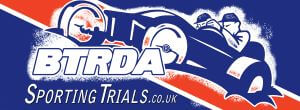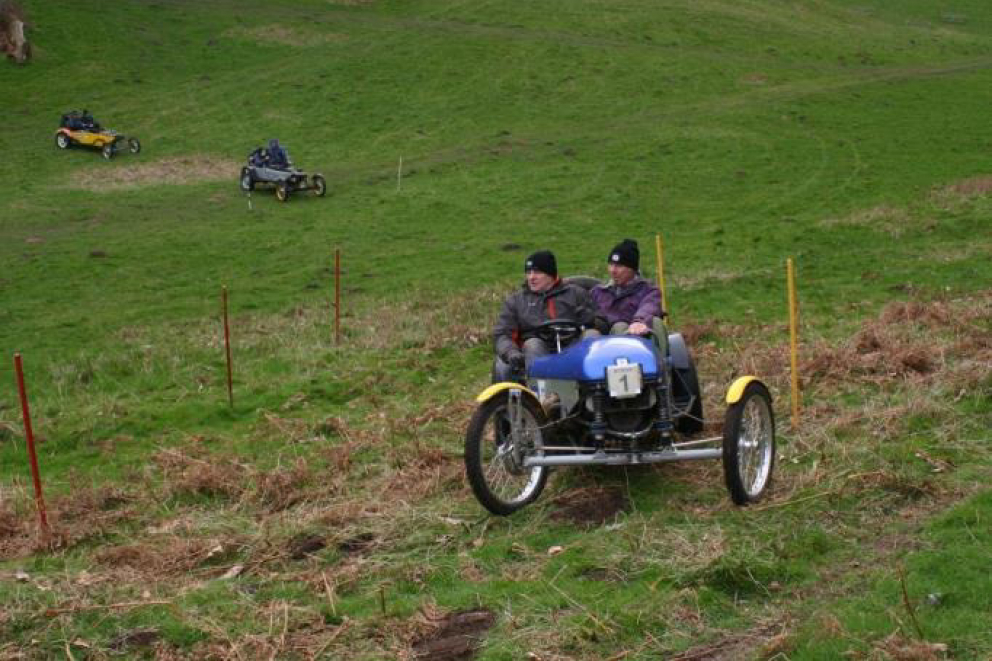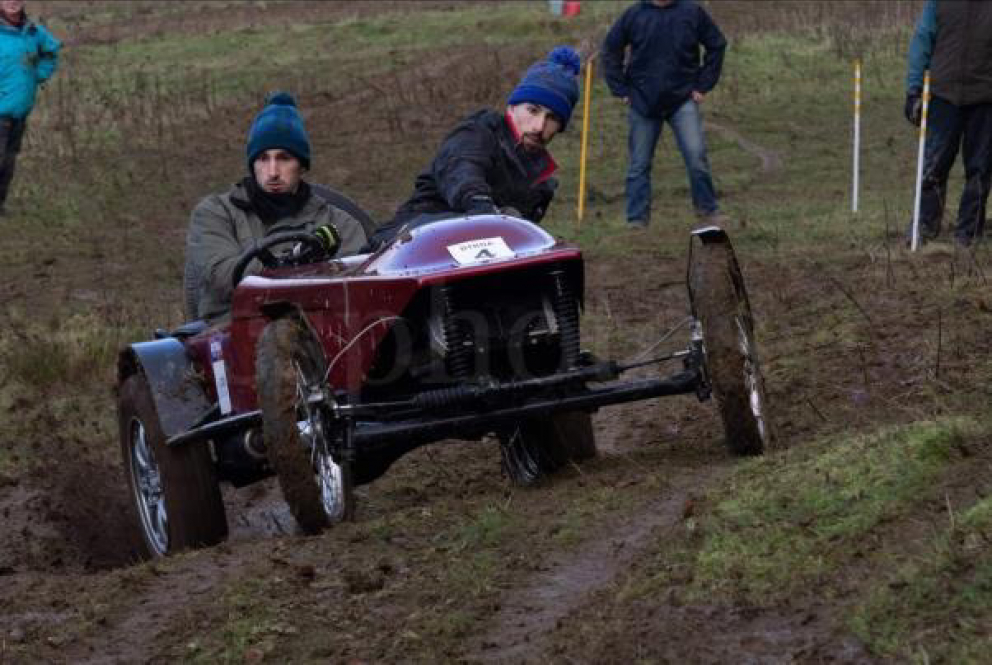In contrast to previous remarks about ice and frost, blasting is often essential in deep snow, being the only way to clear the tyre treads, and here the highest possible wheel speed is needed, which means the use of as high a gear as possible that your engine can pull.
If you watch a novice fail to climb a straight blasting section, only to have an expert follow and make it look easy, the usual reason is a lack of “violence” in the novice’s approach. Blasting is a brutal affair, it involves “putting the pedal to the metal” as early as possible, and holding it there until you either make it or stop. You need to abandon all pretence at mechanical sympathy, but this is competition, after all! A favourite failing amongst novices in these circumstances is to floor the throttle, get the car moving, and then immediately ease off. This usually results in an ignominious fail. You should only ease off if there is a very good reason, such as going too fast for the conditions, or you are about to hit a pole.
In a high gear you may also need to use a “racing” start, by dipping the clutch to allow the revs to rise before resuming drive. Some drivers “blip” the throttle, but this is generally not a good idea, unless you are very skilled and are feeling for the grip. To succeed at blasting you need commitment, a throttle that opens completely, and a good engine coupled to a gear that will allow fast wheelspin. Even a small amount of throttle travel restriction makes a huge difference, and even if you set it up at the beginning of the season, you should check regularly since throttle cables can stretch. At the same time do remember that in competition, when the “red mist” descends, you may mash the pedal with considerable force, so do not rely on the cable to act as a pedal stop, you will probably break or stretch it.
Obviously you need the engine to rev cleanly, and many cars fail on this simple point. The easiest way to check is to ask a bystander at a blasting section to listen, it is surprisingly difficult to detect from the driver’s seat.
Getting a high wheel speed involves high engine speed coupled to a high gear, but if you are required to negotiate say a tight steep bend further up the section you may not want to use your highest gear, it may prevent you pulling away from the corner. In addition a lower gear may allow the revs to rise more quickly, which might just catapult you off the start, or a bend, better than a higher gear might.
Remember that trials gears are all very low and close ratio, and it may well be possible to get an equally high wheel speed by revving higher in a lower gear.
So, to sum up: trickling or blasting both need commitment and planning. Once you have made up your mind, go for it!
Failure is sure to follow any halfhearted attempt at either.
Julian


